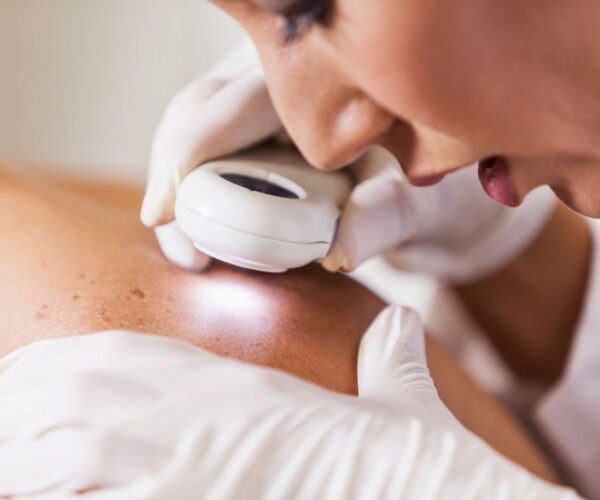Moles, also known as nevi, are common growths on the skin that are usually harmless. They can appear anytime, but most people develop moles during their childhood and teenage years. Mole New York can appear in different sizes, shapes, and colors and on any part of the body. While most moles are benign, it is important to monitor them for changes and seek dermatologic care if necessary. Here are signs that you should seek dermatologic care for a mole.
- Changes in size or shape
Moles are generally uniform in size and shape; any sudden changes could be a sign of something more serious. If you notice a mole getting larger, changing shape, or becoming asymmetrical, it is important to bring it to the attention of a dermatologist. These changes could indicate melanoma, a type of skin cancer that can be deadly if not caught and treated early.
- Changes in color
Moles are typically a single shade of brown, but if you notice a mole changing color or developing multiple shades, it is important to seek dermatologic care. A mole that is becoming darker, or changing from brown to black, could be a sign of melanoma. Additionally, a mole that is becoming lighter or turning a different color, such as red or white, could also be a cause for concern.
- Itching or bleeding
A mole that is itchy or bleeds easily could also signify something more serious. While it is normal for moles to occasionally itch, persistent itching or bleeding could indicate melanoma. If you notice a mole that is consistently itching or bleeding, it is important to seek dermatologic care.
- Asymmetry
Most moles are symmetrical, meaning that both halves of the mole look the same. If you notice that a mole is asymmetrical, with one half looking different from the other, it is important to have it evaluated by a dermatologist. Asymmetry can be a sign of melanoma.
- A raised or bumpy surface
Moles are generally flat or slightly raised, but if you notice a mole becoming raised or bumpy, it is important to seek dermatologic care. A mole that has a raised or uneven surface could be a sign of melanoma.
- Diameter larger than a pencil eraser
Moles are usually smaller than the diameter of a pencil eraser (about 6 mm). If you notice a mole that is larger than a pencil eraser, it is important to have it evaluated by a dermatologist. A mole larger than a pencil eraser can be a sign of melanoma.
It is important to keep an eye on your moles and seek dermatologic care if you notice any changes in size or shape, color, itching or bleeding, a raised or bumpy surface, or an irregular border. Early detection and treatment of melanoma are key to a positive outcome, so it is important to seek help if you have any concerns about a mole. Remember also to practice sun safety and use sunscreen to reduce your risk of developing melanoma and other skin cancers.
Call Manhattan Dermatology to book your appointment for a mole checkup.




